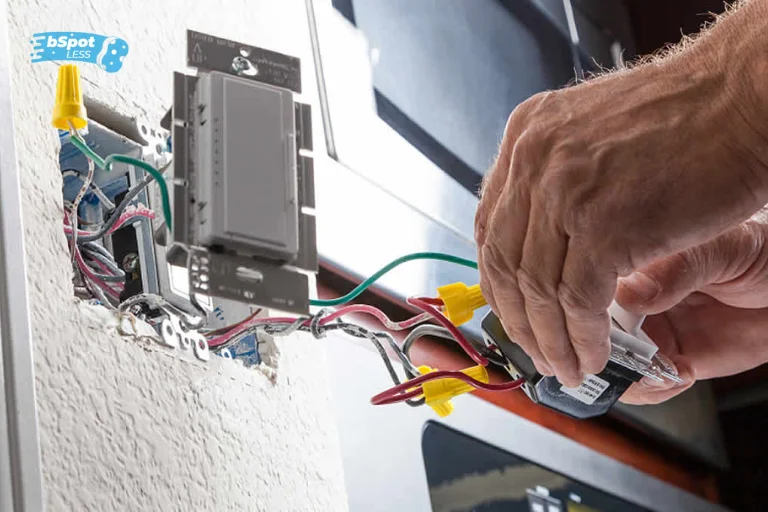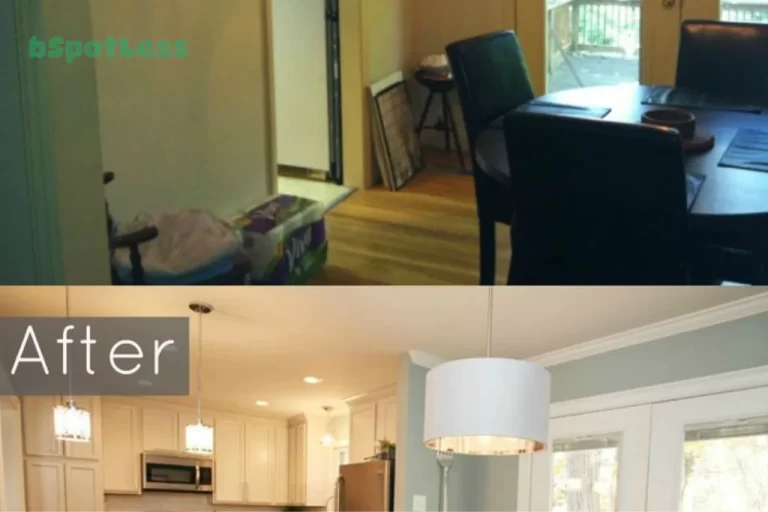Do you want to create a more open, spacious feel in your home? Are you looking for ways to better connect the kitchen and dining room? If so, then you’ll want to check out these before and after photos of homes that have removed walls between their kitchen and dining room. You’ll be amazed at the transformation!
Create a Design Plan
Before you start any construction, it’s important to create a design plan. This plan should include the removal of the wall between the kitchen and dining room, as well as any other structural changes you want to make. It’s also important to determine if the wall is load-bearing, as this will add additional cost and complexity to the renovation. You should also decide what you would like to replace the wall with, such as a countertop, bar or open concept kitchen. Once you have finalized your design plan, you can move on to the next step in your renovation.
Prepare the Room for Construction
Once you have a design plan in place, it’s time to prepare the room for construction. This involves removing any furniture, wall hangings and other items from the room. You should also cover any items that need to remain in the room with protective fabric or plastic. After that, you can begin to remove the wall structures between the kitchen and dining room. This may require cutting through drywall, plaster, or other materials. Make sure you have the right tools for the job, including a drywall saw or other cutting tool. Be careful not to damage any electrical wiring or plumbing that may be hidden behind the walls.
Remove the Wall Structures
Once the design plan is complete and the room is prepped, the next step is to remove the wall structures. This may involve cutting through drywall, brick, mortar, or other materials. Depending on the size of the wall and if it’s load-bearing, additional reinforcement may need to be added. Before making any cuts or removing any wall structures, it’s important to check for any electrical wiring or plumbing that may need to be relocated.
Check for Electrical Wiring and Plumbing

Before you start removing the wall, it’s important to ensure that there is no electrical wiring or plumbing that needs to be taken into account. It’s important to have a professional come in and check for any wiring or plumbing behind the wall before you begin the project. If you find any, you’ll need to take extra steps to make sure it’s removed and replaced properly. Once this is done, you can proceed to the next step of your project: removing the wall structures.
Add Reinforcement for Support
If the wall you are removing is load-bearing, you must use special caution and planning before going ahead with the project. It is essential to add the necessary reinforcement to keep the area secure and structurally sound. This may include installing posts, beams, or steel plates to ensure the safety of the surrounding walls. It is recommended to consult with a professional contractor or engineer before making any major changes so that you can be sure that everything is done correctly and safely.
Fill in the Gaps
Once the wall structures have been safely removed, the next step is to fill in the gaps where the wall once stood. This is a critical part of the process as it ensures that your new space is both structurally sound and aesthetically pleasing. Depending on the size and structure of your space, you may need to use drywall, metal studs, or other materials to fill in the gaps. It is important to make sure that the materials you use are able to support the weight of any furniture or other items you may place in your new space. After you have filled in the gaps, you can then begin to install your new flooring and walls.
Install New Flooring and Walls
Once the wall was removed, it was time to install new flooring and walls. When removing a wall between a kitchen and a dining room, it’s important to consider the impact that removing the wall will have on the overall design of the space. To ensure that the flooring and walls match well, it’s important to select materials that are of similar color, texture, and design. For this renovation, dark wood flooring was chosen to create a warm and inviting atmosphere in the space. Additionally, a light wall color with white accents was added to complete the look and bring the entire space together.
Prepare the Room for the Finishing Touches
Now that you’ve removed the wall between the kitchen and dining room, it’s time to prepare the space for its finishing touches. Depending on the design plan you created, this could include adding new drywall or installing new flooring. If you’re planning on adding a focal point to the room, such as a built-in bookcase or an entertainment center, make sure you account for that before starting the installation. You may also want to consider adding a fresh coat of paint to complete the look. Whatever design elements you choose, make sure they are in line with your overall vision for the space. With a little bit of planning and preparation, you can turn your kitchen and dining room into a beautiful and inviting space.
Add a New Focal Point
After the wall has been removed, it’s time to add a new focal point to the room. This could be anything from a unique light fixture or artwork to a statement piece of furniture. Whatever you choose, make sure that it complements the other elements in the room and creates a cohesive look. You can also use the newly opened space to create an inviting seating area or an area for entertaining. With the right furniture and decor, you can transform this space into a beautiful and functional area of your home.
Decorate to Achieve the Desired Look
Once the walls were in place, it was time to finish the room and create the desired look. This included adding a new focal point to the space, such as an attractive fireplace mantel. Additionally, decorative elements like moldings, window treatments, and art can be used to bring the room to life. Depending on the overall design aesthetic, a variety of colors and textures can be used to achieve a unique and inviting space. Finally, furniture can be added to increase the functionality of the room and provide comfortable seating for family and friends. With careful planning and attention to detail, the room can be transformed into a beautiful gathering place that is both stylish and inviting.

